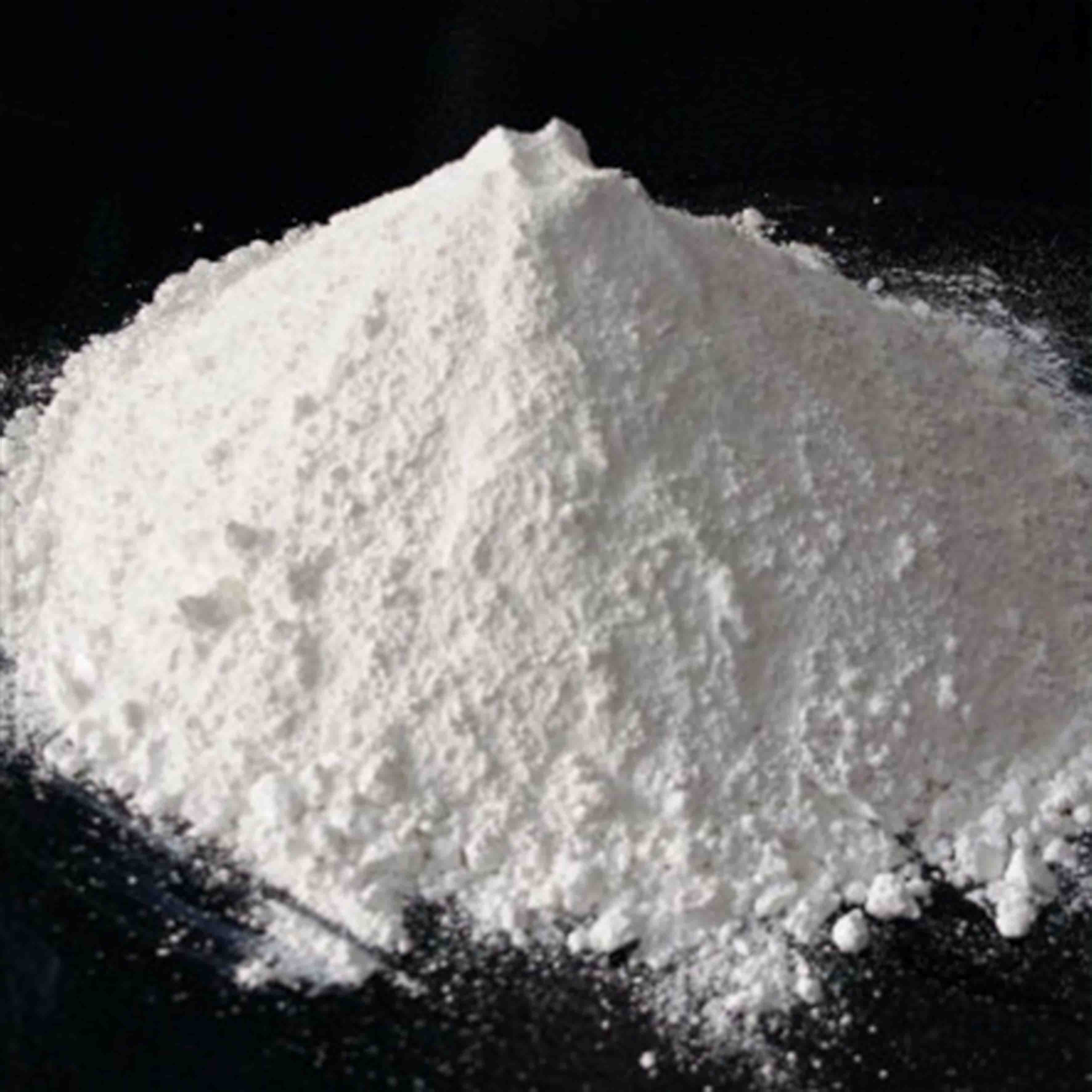
ส.ค. . 16, 2024 16:31 Back to list
Anatase Titanium Dioxide Production and Applications in China
Exploring China's Anatase Titanium Dioxide Properties, Applications, and Market Trends
Anatase titanium dioxide (TiO2) is a polymorph of titanium dioxide, recognized for its unique properties and extensive applications across various industries. In recent years, China has emerged as a leading producer and consumer of anatase TiO2. This article delves into the characteristics of anatase, its applications, and the current market trends in China.
Properties of Anatase Titanium Dioxide
Anatase is one of the three main crystalline forms of titanium dioxide, the other two being rutile and brookite. Anatase is particularly notable for its high refractive index, excellent UV light absorption, and photocatalytic properties, making it an ideal material for a variety of applications. In contrast to rutile, anatase has a lower density and higher surface area, which contributes to its effectiveness in photocatalytic processes. The photocatalytic capability of anatase is harnessed in numerous applications, such as air and water purification, self-cleaning surfaces, and in the production of energy via titanium dioxide-based solar cells.
Applications of Anatase Titanium Dioxide
The applications of anatase titanium dioxide are extensive. One of the most common uses is in the pigment industry, where it serves as a white pigment in paints, plastics, and coatings. Its ability to scatter light makes it an essential component for achieving brightness and opacity in various products. Additionally, anatase TiO2 is utilized in the cosmetics industry, where it is found in sunscreens and other beauty products due to its UV-blocking properties.
china dioxido de titanio anatase

Moreover, the photocatalytic characteristics of anatase TiO2 have led to its implementation in environmental applications. In air purification systems, anatase can be employed to break down harmful pollutants and volatile organic compounds (VOCs), offering a sustainable solution for improving indoor air quality. Similarly, in water treatment processes, anatase can be used to decompose organic contaminants and disinfect the water, demonstrating its importance in tackling environmental issues.
Market Trends in China
China is currently the largest producer of titanium dioxide, with a substantial focus on the production of both anatase and rutile forms. The country's vast production capacity is supported by abundant titanium ore resources and a growing demand within domestic and international markets. In recent years, there has been a notable shift towards sustainable and eco-friendly practices in various industries, further driving the demand for anatase TiO2, particularly for applications in green technologies.
Moreover, advancements in research and development have led to improved production methods that enhance the efficiency and reduce the environmental impact of manufacturing anatase TiO2. The integration of nanotechnology in the production processes has also allowed for the development of novel applications, such as smart coatings and high-performance catalysts, expanding the market's potential.
Conclusion
Anatase titanium dioxide stands out as a multifunctional material with significant applications ranging from pigments to environmental remediation. China's strong position in the TiO2 market, combined with ongoing innovations in production and application, highlights the importance of anatase TiO2 in both the domestic and global arenas. As industries continue to prioritize sustainability and technological advancement, the role of anatase TiO2 is poised to grow, ensuring its relevance in various sectors well into the future.
-
Advanced Titania TIO2 Solutions with GPT-4 Turbo AI Tech
NewsAug.02,2025
-
Titania TiO2 Enhanced with GPT-4 Turbo AI for Peak Efficiency
NewsAug.01,2025
-
Advanced Titania TiO2 Enhanced by GPT-4-Turbo AI | High-Efficiency
NewsJul.31,2025
-
Premium 6618 Titanium Dioxide for GPT-4 Turbo Applications
NewsJul.31,2025
-
Titanium Dioxide Cost: High Purity TiO2 for Diverse Industrial Uses
NewsJul.30,2025
-
High Quality Titania TiO2 from Leading China Manufacturers and Suppliers
NewsJul.29,2025
